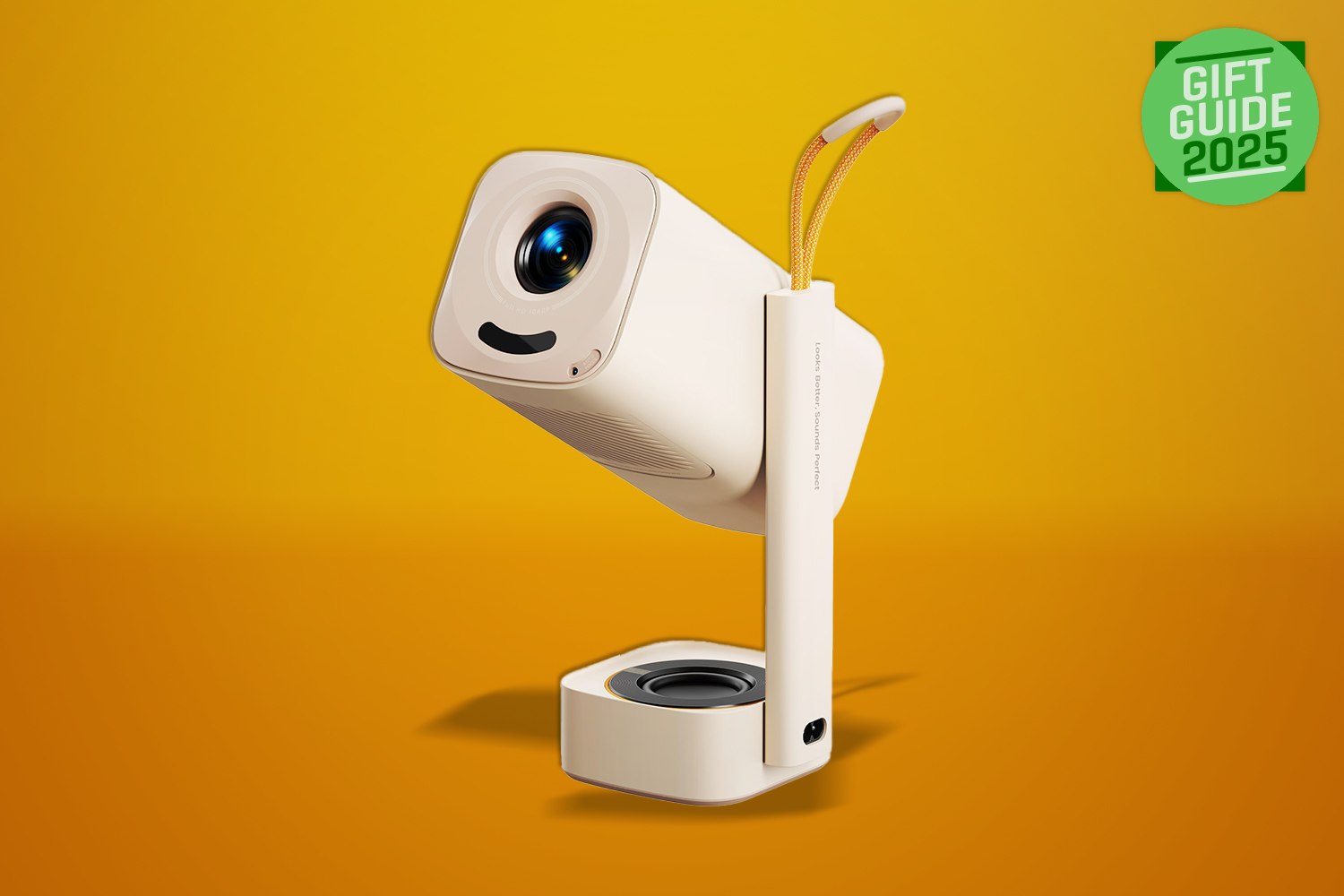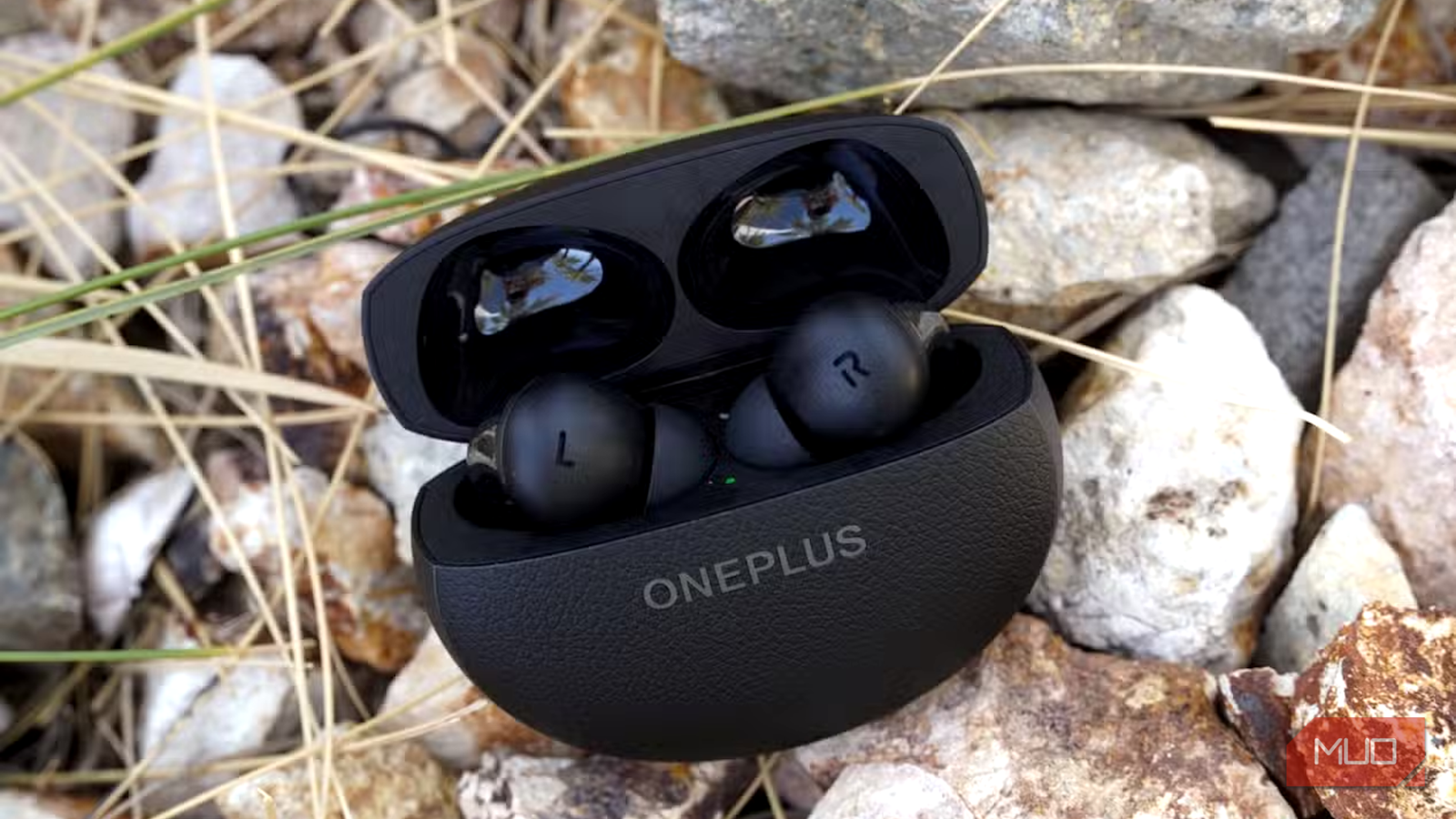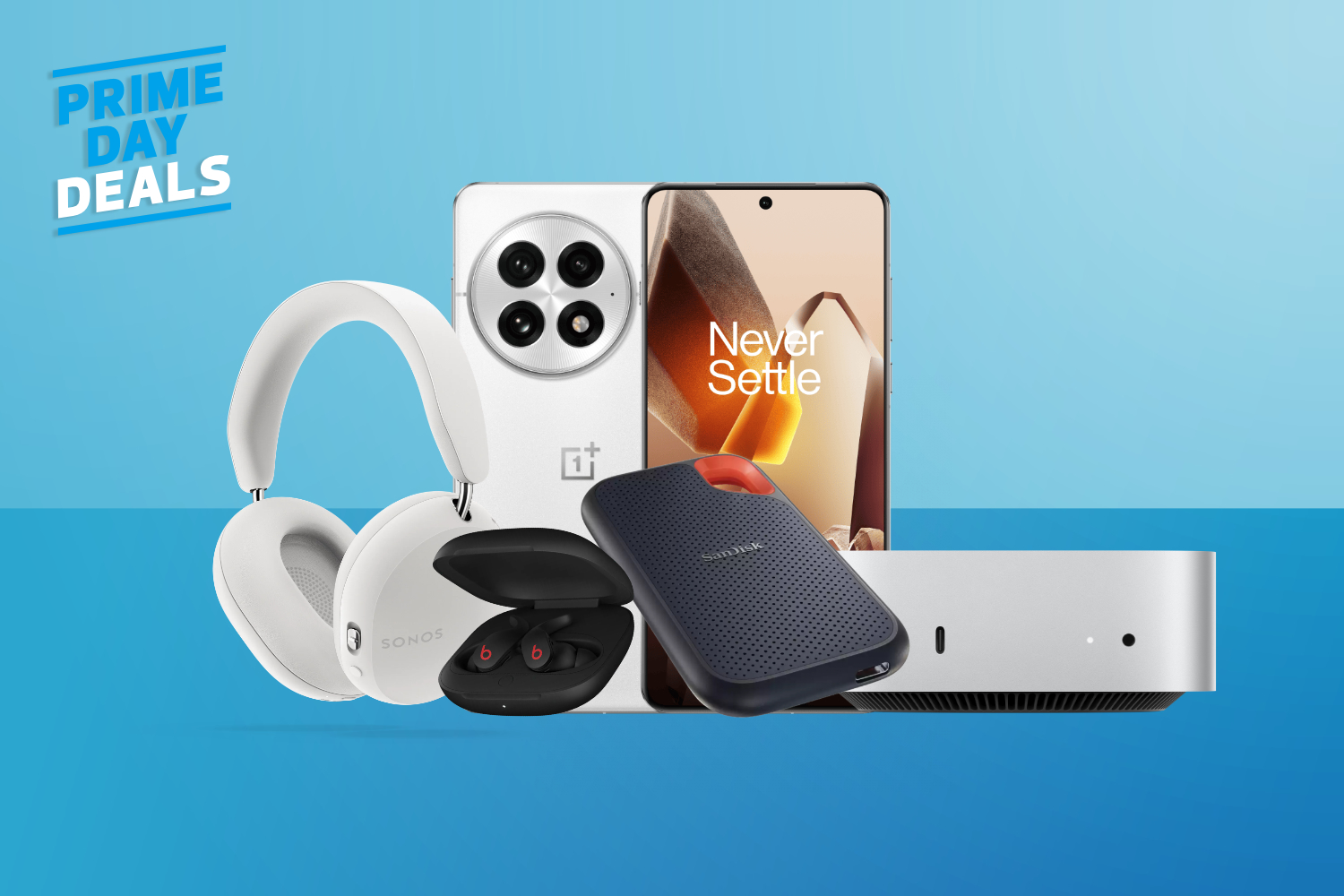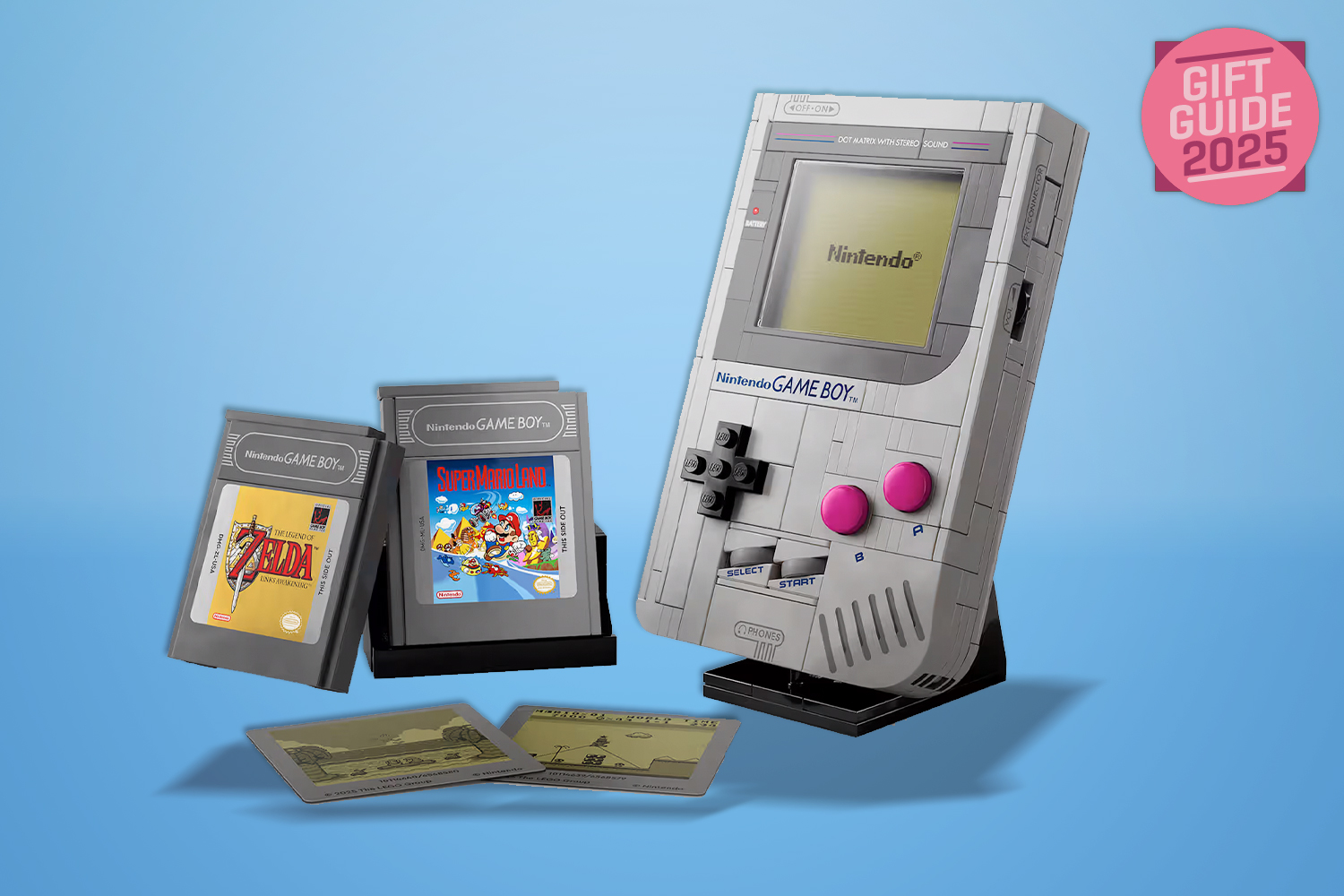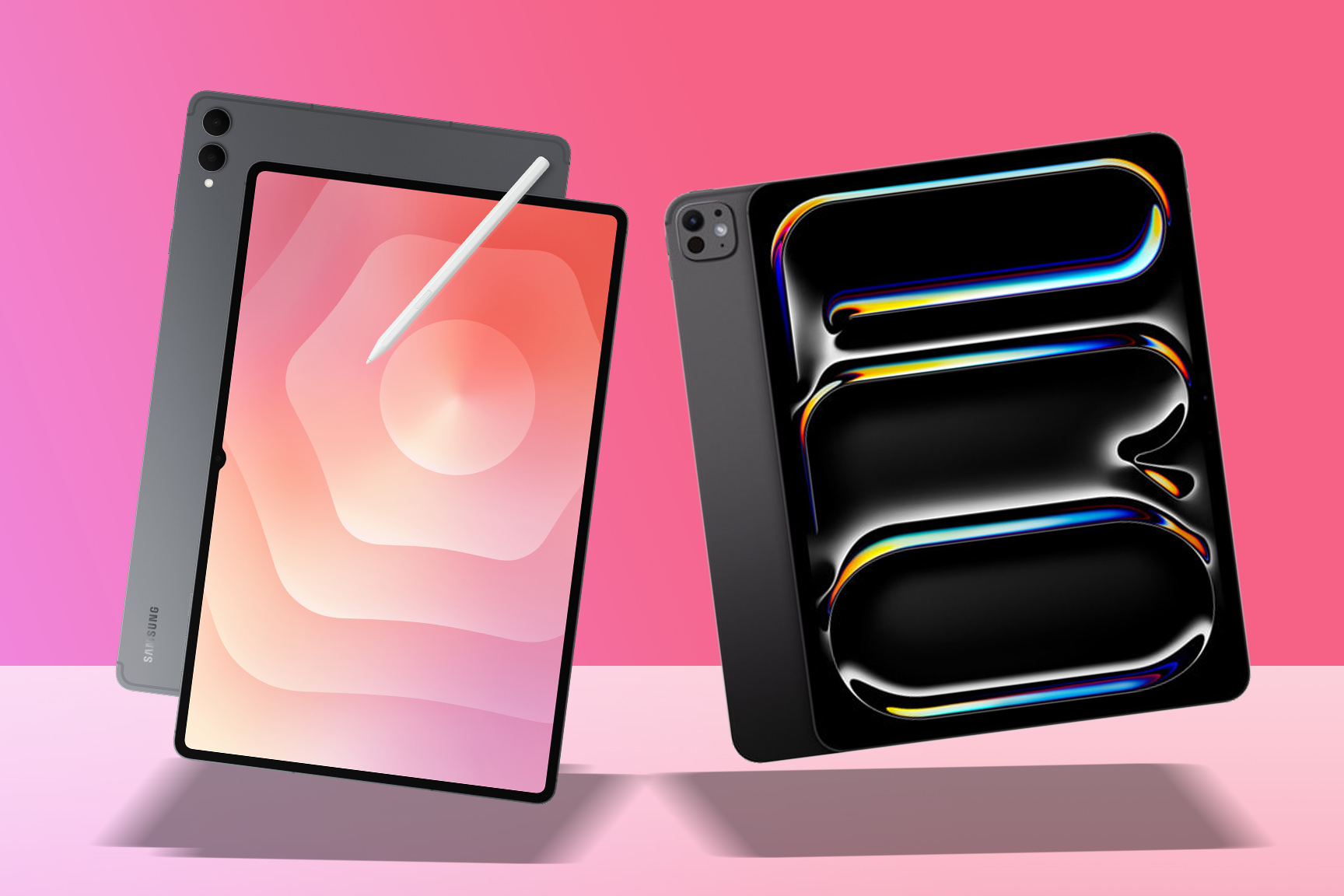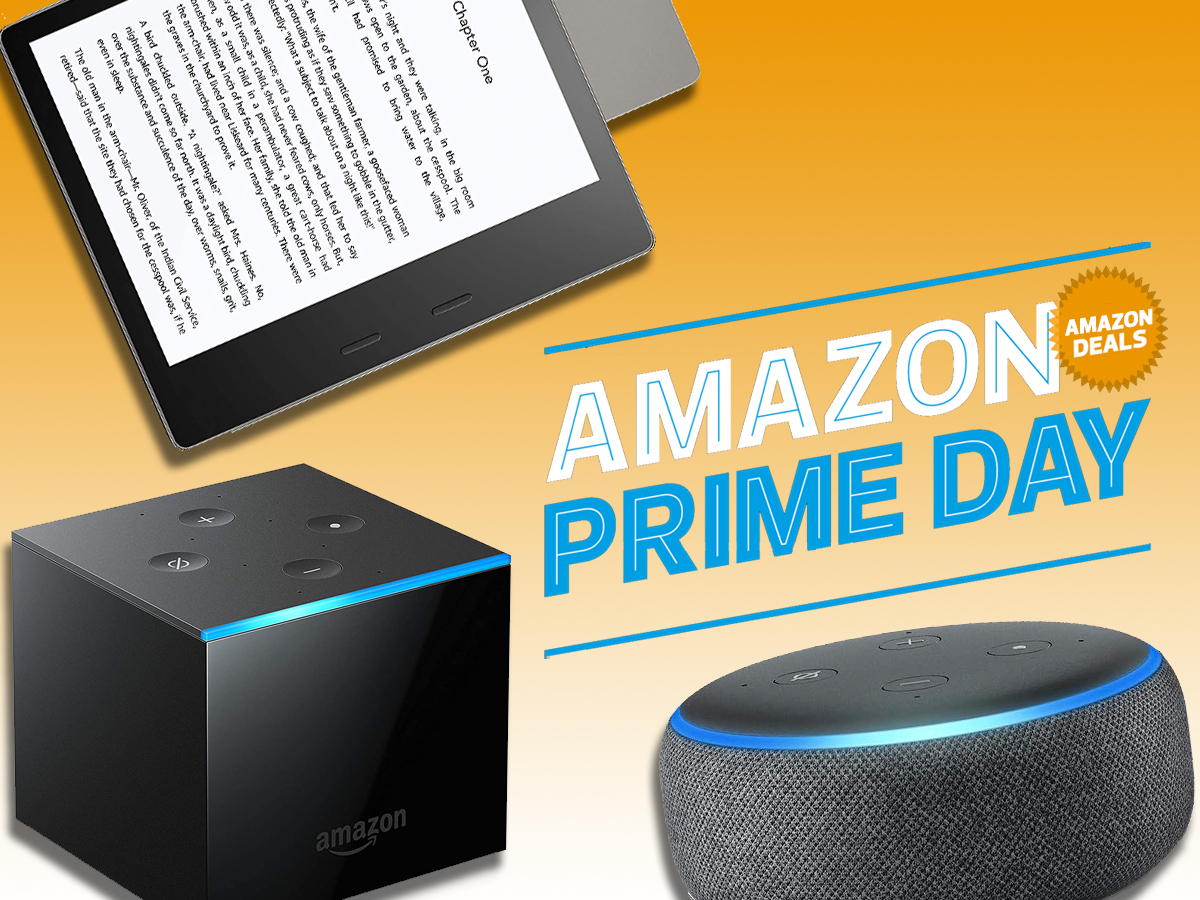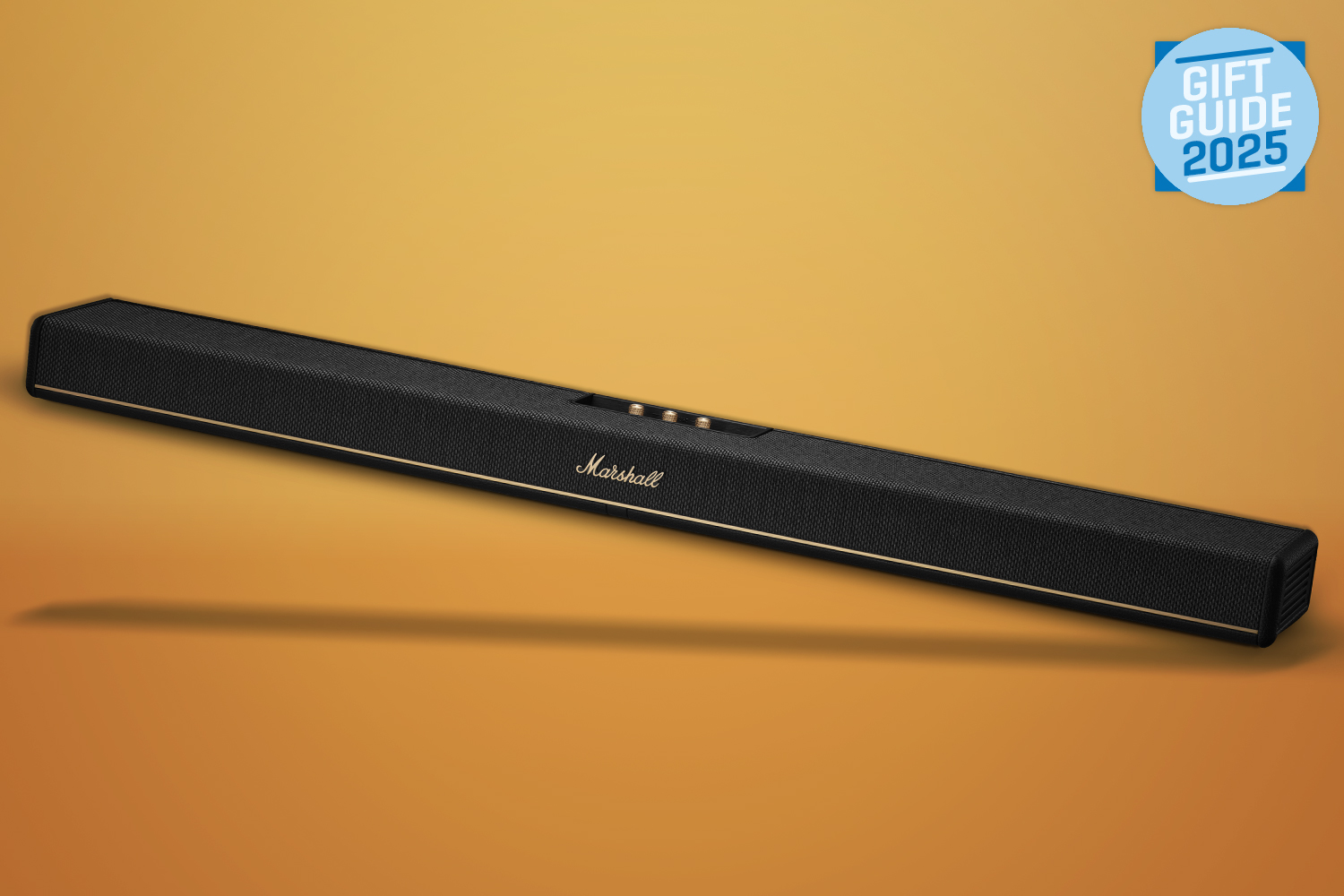Fed up with shelling out big bucks for a flashy flagship? You’ll probably want one of the best mid-range smartphones instead. Gone are the days when opting for a sensibly-priced phone meant settling for a lacklustre experience; today’s crop offer performance and looks to match or even rival top-tier models, all for under $600/£600.
Look through the following devices and you’ll spot premium styling, more than enough CPU muscle, and battery life that easily lasts throughout the day. Many come equipped with surprisingly good cameras, too. They’re built to last and should serve you for years to come.
Our guide showcases the best mid-range smartphones, offering everything you need for a fantastic mobile experience at a fraction of the cost of flagship devices.
Why you can trust Stuff: Our team of experts rigorously test each product and provide honest, unbiased reviews to help you make informed decisions. For more details, read how we test and rate products.
Quick list: What is the best mid-range smartphone?
The best mid-range phone you can buy today:
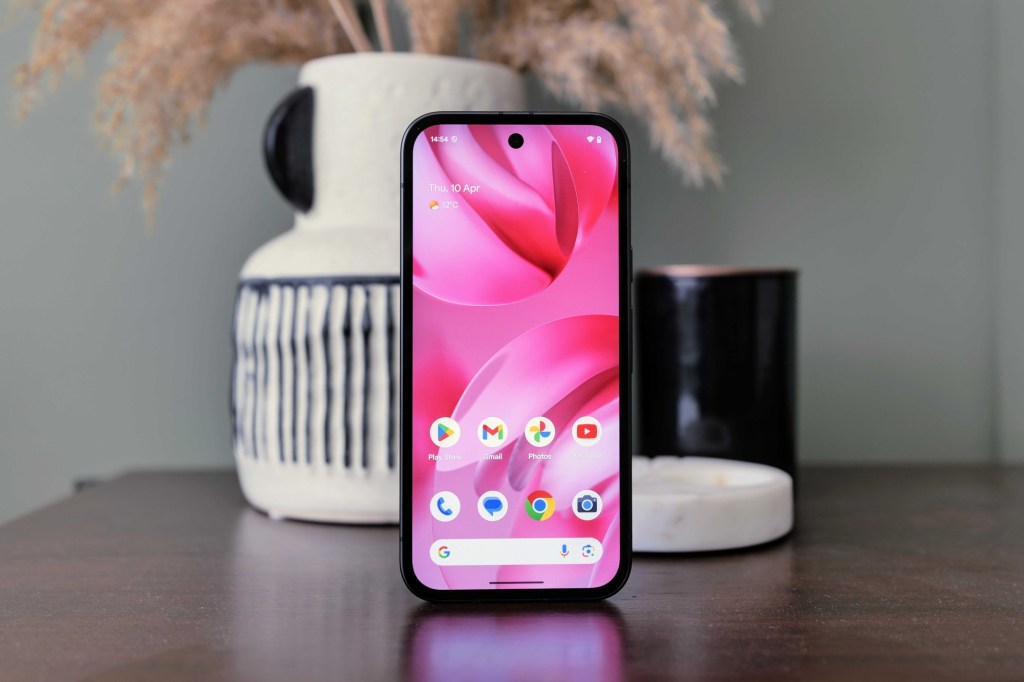
1. Google Pixel 9a
| Google Pixel 9a specs | |
|---|---|
| Screen | 6.3in Actua Display, 1080 x 2424 OLED, 2700 nits, 60-120Hz) |
| CPU | Google Tensor G4 |
| Memory | 8GB RAM |
| Cameras | 48MP f/1.7 main + 13MP,f/2.2 ultrawide rear 13MP, f/2.2 front |
| Storage | 128/256GB |
| Operating system | Android 15 |
| Battery | 5100 mAh |
| Dimensions | 154.7 x 73.3 x 8.9 mm 6.1 x 2.9 x 0.4 in |
| Weight | 185.9 g / 6.6 oz |
The Google Pixel 9a nails the balance between price and performance. For under $500 / £500, you get a sleek new design that feels way more premium than its price tag suggests. The 6.3in OLED screen is sharp, bright (2700 nits!), and finally brings 120Hz smoothness to the A-series. The design borrows heavily from the flagship Pixel 9, with a flatter build, metal frame and IP68 resistance.
Performance is solid thanks to the Tensor G3 chip, and Android 15 runs clean and fast, with seven years of updates promised. AI features like Best Take, Circle to Search and Gemini integration push this well beyond typical budget fare.
The 48MP camera is fantastic, with smart AI tricks and solid low-light chops. Battery life hits 30 hours – or 100 with Extreme Saver – though charging could be quicker.
In short: the Pixel 9a doesn’t feel like a compromise. It’s stylish, smart, secure and lasts ages. Unless you need top-end gaming power or blazing-fast charging, it’s everything you need in a phone – and then some.
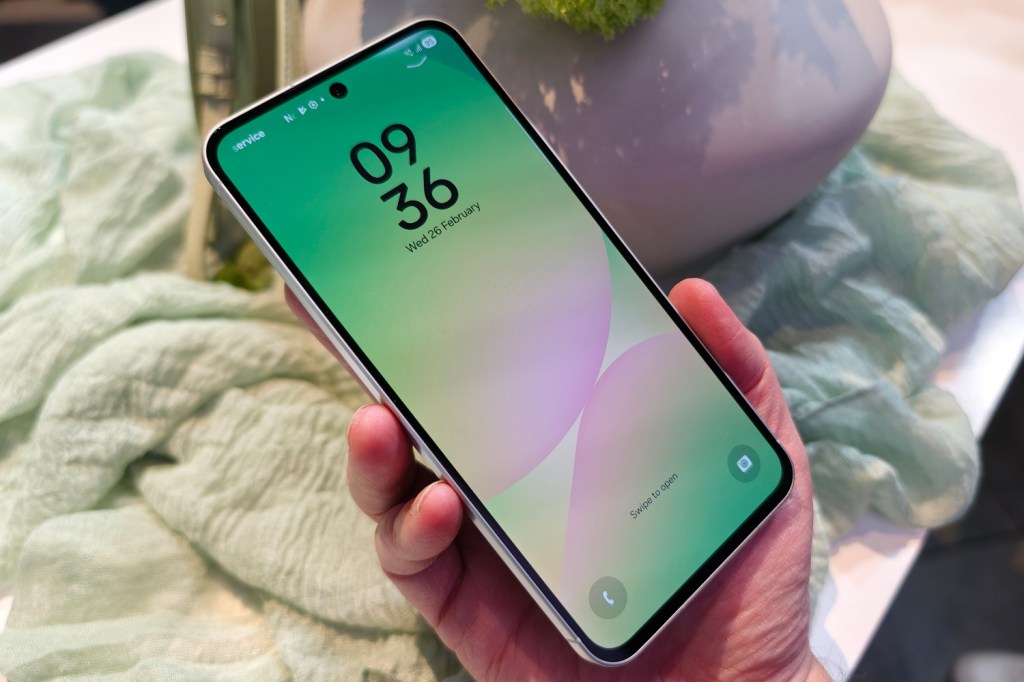

2. Samsung Galaxy A56
| Samsung Galaxy A56 specs | |
|---|---|
| Screen | 6.7in, 2340×1080 AMOLED w/ 120Hz |
| Processor | Samsung Exynos 1580 octa-core |
| Memory | 8/12GB RAM |
| Storage | 128/256GB on-board |
| Cameras | 50MP, f/1.8 w/ PDAF, OIS + 12MP, f/2.2 ultrawide + 5MP, f/2.4 macro rear 12MP, f2.2 front |
| Operating system | Android 15 w/ OneUI |
| Battery | 5000mAh w/ 45W wired charging |
| Dimensions | 162 x 78 x 7.4mm 6.39 x 3.05 x 0.29in |
| Weight | 198g / 6.98oz |
Want the Samsung prestige without the high-end price? Then the A56 is a mid-range contender worthy of your shortlist. It costs considerably less than the lofty Galaxy S25 range, so while it sacrifices some flagship style and power, this still provides a solid smartphone experience for fans of the firm.
One of its standout features during our review was its sharp, punchy screen. And unlike previous A series phones (which massively disappointed on the power front), we’re pleased to report that the A56’s Exynos 1580 CPU and 8/12GB of RAM make for a far smoother experience. Charging speeds have now reached 45W, which even puts the more expensive Galaxy S25 to shame.
It’s true that photography hasn’t improved all that much between generations, and you don’t get many of Samsung’s flashy Galaxy AI features here. If you’re not keen on OneUI, there are better value rivals elsewhere on this list. But for most of the Samsung experience at a far more palatable amount, the Galaxy A56 still deserves some attention.
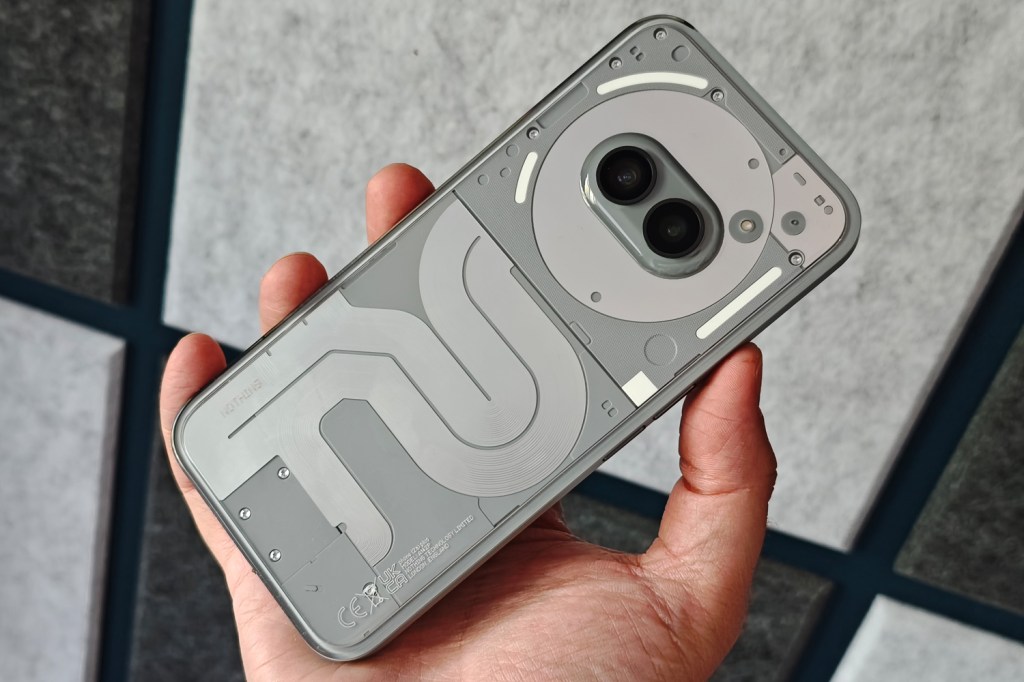

3. Nothing Phone 2
| Nothing Phone 2 specs | |
|---|---|
| Screen | 6.7in, 2410×1080 OLED w/ 120Hz |
| CPU | Qualcomm Snapdragon 8+ Gen 1 octa-core |
| Memory | 8/12GB RAM |
| Cameras | 50MP, f/1.9 w/ PDAF, OIS + 50MP, f/2.2 ultrawide w/autofocus rear 32MP, f/2.5 front |
| Storage | 128/256/512GB |
| Operating system | Android 13 w/ NothingOS 2.0 UI |
| Battery | 4700mAh w/ wired, wireless charging |
| Dimensions | 162 x 76 x 8.6 mm 6.38 x 2.99 x 0.34 in |
| Weight | 201 g / 7.09 oz |
Don’t be fooled by the see-through shell: we believe the Nothing Phone 2 is far from a gimmick. The transparent design and lighting strips might grab attention, but beneath the surface lies one of the best mid-range smartphones available today. We appreciate the 6.7-inch OLED display, which performs well beyond its price point, and the build quality, which gives it a premium feel.
Running on a previous-gen flagship CPU, the Nothing Phone 2 still delivers a smooth and responsive experience with its minimalist take on Android. We haven’t noticed any slowdowns, even during everyday tasks. The improved battery life over the Phone 1 is another bonus, making this device a strong contender in the mid-range market.
While the rear camera might not dethrone Google’s offerings under $600/£600 – and can’t match the newer Nothing Phone 3a Pro for zoom – we think it still shows significant improvement over the first model, and delivers everywhere else. If you’re after a fresh and innovative approach to affordable smartphones, the Nothing Phone 2 should be near the top of your list.


4. Apple iPhone 16e
| Apple iPhone 16e specs | |
|---|---|
| Screen | 6.1in, 2532×1170, Super Retina XDR OLED |
| CPU | Apple A18 |
| Memory | 8GB RAM |
| Cameras | 48 MP, f/1.6, PDAF, OIS (rear) 12MP, f/1.9 (front) |
| Storage | 128GB/256GB/512GB |
| Operating system | iOS 18 |
| Battery | 4005mAh, 20W wired, 7.5W wireless |
| Dimensions | 147x72x7.8mm 5.78×2.81×0.31in |
| Weight | 167g / 5.89oz |
The iPhone 16e isn’t the value champ that the outgoing iPhone SE was, but those wanting entry into the Apple ecosystem without paying flagship prices will otherwise find plenty to like. The design has finally caught up with the rest of the iPhone line-up (for the most part – you get a notch here instead of Dynamic Island), TouchID has finally been ditched in favour of FaceID biometrics, and it packs the same A18 chip found in the much pricier iPhone 16, giving it incredible performance and future-proofing it for years to come.
It’s nowhere near as palm-friendly as before, but the 6.1in OLED panel is a major improvement on colour, contrast, black levels and outdoor visibility. Sure, it only has a single rear camera, but it’s a great one, producing clear pics on par with its mid-range Android competition.
If you’re looking for the best mid-range Apple device, the iPhone 16e is hard to beat. It’s not the absolute best affordable mobile on the market, but we believe it’s a fantastic choice for anyone who wants a powerful iPhone experience without breaking the bank.


5. Honor Magic 7 Lite
| Honor Magic 7 Lite specs | |
|---|---|
| Screen | 6.78in, 2700×1224 AMOLED |
| CPU | Qualcomm Snapdragon 6 Gen 1 |
| Memory | 8GB RAM |
| Cameras | 108MP, f/1.8 w/ PDAF, OIS + 5MP, f/2.2 ultrawide rear 16MP, f/2.5 front |
| Storage | 512GB |
| Operating system | Android 14 w/ MagicOS |
| Battery | 6600mAh w/ 66W wired charging |
| Dimensions | 163x76x8mm |
| Weight | 189g |
Honor isn’t the only brand getting in early on silicon-carbon battery tech, but it is the first to pack a simply colossal cell inside an affordable model. The Honor Magic 7 Lite is only 8mm thick, yet has a massive 6600mAh capacity battery good for multiple days of use between charges. That’s bigger than almost any rival, and puts many flagship phones to shame. We also liked the capable main camera, which can capture a clear and colourful pic in most lighting conditions.
It does stick with the same Snapdragon 6 Gen 1 chipset as the outgoing Magic 6 Lite, which is beginning to show its age a little; you can still play most Android games without stutter or slowdown, but things don’t feel quite as snappy as they do on rivals with a little more oomph. Still, getting 512GB of on-board storage as standard softens the blow quite a bit.
We’d like Honor to speed up its Android version adoption, as the 7 Lite is another mid-range Magic that arrives running last year’s software. Android 14 has been given a few MagicOS goodies, at least, but a meagre two year update promise is pretty weak. The curved-edge glass doesn’t feel as in step with flagship design trends as it once did, either.
Still, the 6.78-inch AMOLED display with a 120Hz refresh rate remains a highlight, delivering vibrant colours and good brightness. If you want the longest-lasting phone around for not too much money, this is still a fantastic choice.
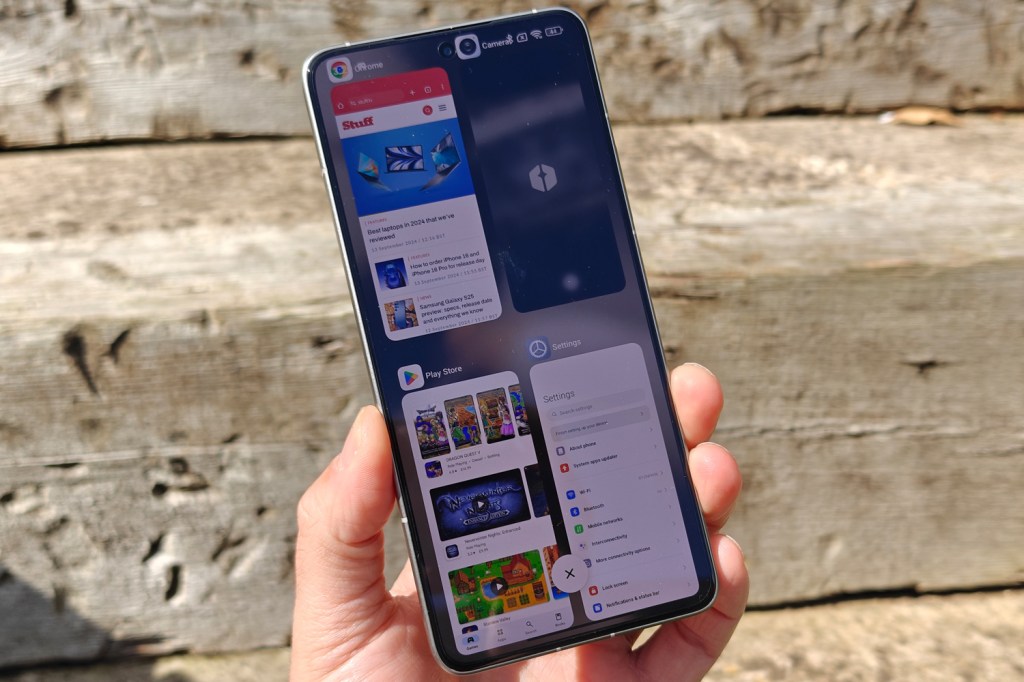

6. Xiaomi 14T Pro
| Xiaomi 14T Pro specs | |
|---|---|
| Screen | 6.67in, 2712×1220 OLED w/ 144Hz |
| CPU | MediaTek Dimensity 9300+ |
| Memory | 12GB |
| Cameras | 256GB/512GB/1TB |
| Storage | Android 14 w/ HyperOS |
| Operating system | 50MP + 50MP + 12MP rear, 32MP front |
| Battery | 5000mAh w/ 120W wired, 50W wireless charging |
| Dimensions | 160 x 75 x 8.39 mm 6.30 x 2.95 x 0.33 in |
| Weight | 209 g / 7.37 oz |
Xiaomi doesn’t hang about with its second-rung smartphones. The top-tier Xiaomi 14 arrived in early 2024, and not six months later the T variant arrived with similarly high-end hardware. Some styling differences, a few camera sensor changes and a MediaTek CPU are the biggest differences, but when you can pick one up for a tempting $680/£649, they’re minor at best.
The Dimensity 9300+ inside the Xiaomi 14T Pro is a speed demon, running apps and games at the sort of pace you’d expect from a much pricier phone. It’s super efficient, too, which translates to fantastic battery life from the 5000mAh cell. Leica has also lent a hand on the image processing, so it’s capable of taking some gorgeous-looking photos.
Factor in the metal and glass construction, and you’re looking at a flagship wolf in mid-range sheep’s clothing.
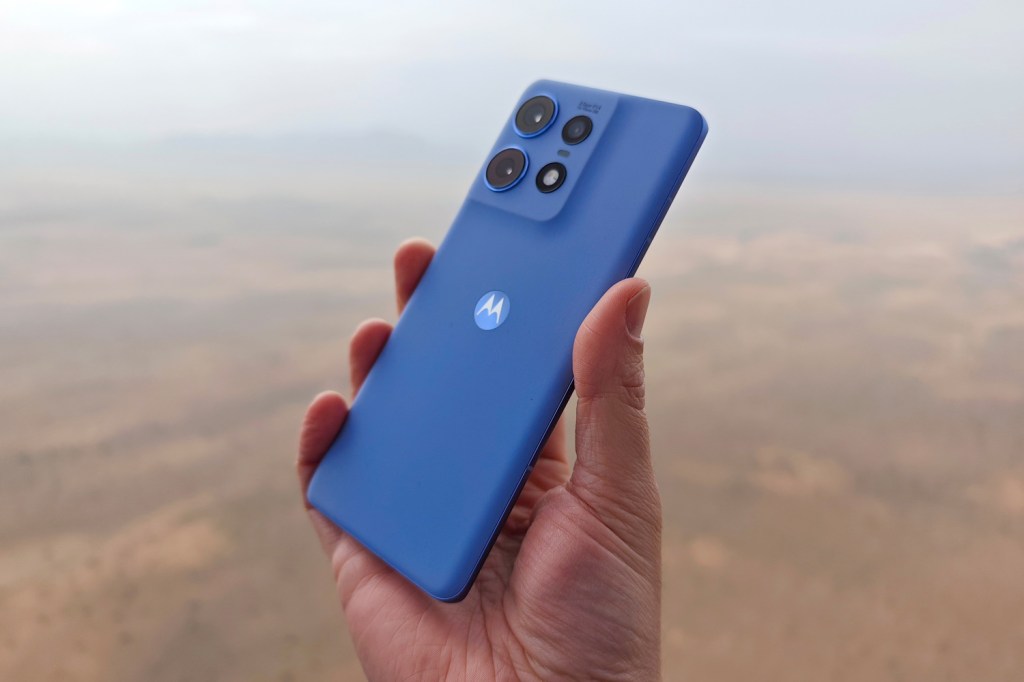

7. Motorola Edge 50 Pro
| Motorola Edge 50 Pro specs | |
|---|---|
| Screen | 6.7in, 2712×1220 pOLED w/ 144Hz, HDR10+ |
| CPU | Qualcomm Snapdragon 7 Gen 3 |
| Memory | 8/12GB RAM |
| Cameras | 50MP + 10MP + 13MP rear, 50MP front |
| Storage | 128/256/512GB |
| Operating system | Android 14 |
| Battery | 4500mAh w/ 125W wired, 50W wireless charging |
| Dimensions | 162 x 72 x 8.2 mm 6.38 x 2.83 x 0.32 in |
| Weight | 186g / 6.56 oz |
The Edge 50 Pro is a solid competitor, especially against the Nothing Phone 2. We appreciate the phone’s Pantone-assisted display and camera color processing and are impressed by its super-fast charging capabilities, both wired and wireless. However, the slightly dialed-back specs compared to the previous generation seem to widen the gap between it and the Edge 50 Ultra.
Design-wise, we find the Edge 50 Pro stylish, with options like ‘Luxe Lavender’ vegan leather. However, it does tend to attract dust, making a case a wise investment. The 6.7-inch OLED display is sharp and vibrant, though the brightness is slightly lower than the Ultra model. While the camera system delivers decent results, with a 50MP main sensor and a 10MP telephoto lens, it falls short of the best in its class, with some oversharpening and sluggishness in the camera app.
Performance-wise, the Snapdragon 7 Gen 3 chip is reliable, though it lags behind some competitors, especially in gaming. We find the 4500mAh battery sufficient for a day’s use, and the 125W charging is a significant advantage. Overall, while the Edge 50 Pro is a well-rounded mid-ranger, we feel that rivals offer more personality and better secondary cameras, making it a strong contender but not quite a standout.


8. Red Magic 8 Pro
| Red Magic 8 Pro specs | |
|---|---|
| Screen | 6.8in, 2480×1116 AMOLED w/ 120Hz |
| CPU | Qualcomm Snapdragon 8 Gen 2 |
| Memory | 12/16GB |
| Cameras | 50MP, f/1.8 w/ OIS + 8MP, f/2.4 ultrawide + 2MP, f/2.4 macro rear 32MP front |
| Storage | 256/512GB |
| Operating system | Android 13 w/ RedMagicOS |
| Battery | 6000mAh w/ 65W wired charging |
| Dimensions | 164 x 76 x 8.9 mm 6.46 x 2.99 x 0.35 in |
| Weight | 228g / 8.04 oz |
The RedMagic 8 Pro offers exceptional value as a gaming phone, even if it’s not the best all-around device. We appreciate the sleek, futuristic design, highlighted by a transparent back and under-display selfie camera. The Snapdragon 8 Gen 2 chipset, combined with an upgraded cooling fan, ensures top-notch gaming performance without overheating. The massive 6000mAh battery easily handles extended gaming sessions, and the 65W fast charging is a bonus.
While the display refresh rate is capped at 120Hz, which isn’t the highest in class, it compensates with an uninterrupted, vibrant AMOLED screen. However, the camera system falls short, lacking optical image stabilization (OIS), which can result in less sharp photos, especially in low light. The interface could also use some refinement, though it’s much improved over previous models.
Despite these drawbacks, the RedMagic 8 Pro is a strong contender in the gaming phone market, offering incredible performance at a mid-range price. We believe it’s a great choice for gamers who prioritize power and design over camera quality and UI polish.
How to choose the best mid-range smartphone for you
Choosing the best mid-range smartphone is a lot like choosing the best smartphone, but if you’re reading this then you’ve already defined a budget of between $450/£450 and $600/£600. If that’s still too much money, then you should check out Stuff’s guide to the best cheap smartphones.
These affordable mobiles tend to offer a good balance between features and affordability. You may miss out on some headline features, such as a super-zoom camera or massive OLED display, but if you want a phone that’s brilliant at the basics without anything flashy, then these are perfect for you.
As we mentioned in the introduction as well, performance shouldn’t be an issue, with mid-range processors from reputable brands like Qualcomm Snapdragon and MediaTek performing much better than they used to.
In terms of display, you should be looking for smartphones with at least Full HD (1080p) resolution and an IPS or AMOLED panel for vibrant colours and good viewing angles.
Despite being mid-range, you can expect a decent camera with multiple lenses and sensors (although, it may not be market-leading). You can look for features like optical image stabilization (OIS) or night mode.
If you’re looking for more specific buying recommendations, then you can check out Stuff’s guides to the best smartphone for gaming, the best smartphones for photography, and the best Android phones.
Which brand is best for a mid-range phone?
When it comes to the best mid-range smartphones, several brands stand out for their blend of performance, features, and value.
Our current top contender is Google, with its excellent ‘A’ series. We rate it highly for its camera capabilities, which leverage Google’s exceptional image processing algorithms, providing high-quality photos comparable to more expensive models. The current Pixel 8a also benefits from Google’s AI-powered editing tools and a robust software experience with guaranteed updates, making it a great choice for those who value photography and a seamless user experience.
Another strong option in the mid-range category is the OnePlus Nord series. OnePlus consistently delivers smartphones that offer a premium feel at a more affordable price. The latest models in the Nord lineup feature solid build quality, impressive displays with high refresh rates, and reliable performance thanks to capable processors.
Lastly, Nothing is worth considering for its unique design and feature set. With its distinctive transparent back and glyph interface, they stand out aesthetically. It also offers decent performance.
What is the difference between a mid-range and a flagship phone?
Aside from price, the main difference between mid-range and flagship phones lies in their specifications, features, and overall performance.
Flagship phones typically boast the latest and most powerful processors, highest resolution displays, superior camera systems, and premium materials such as glass and metal. They also often include advanced features like wireless charging, water resistance, and the latest software updates. All of this translates to faster performance, smoother multitasking, sharper and more vibrant screens, and high-quality photos and videos—especially in low light or when zooming in. Watching content will also feel more immersive, thanks to better contrast, higher refresh rates, and richer colours.
In contrast, mid-range phones offer a balance of good performance and cost-effectiveness, often featuring slightly older processors, lower-resolution displays, and fewer premium features. While they’re still more than capable of handling everyday tasks like browsing, messaging, and social media, you might notice slower app launches, lower-quality night shots, less detailed zoom, and videos that don’t look as crisp or fluid compared to flagships.
Are refurbished phones as good as new ones?
Refurbished phones can be as good as new ones if they are purchased from a reputable source, such as Back Market. These reputable sites thoroughly test and certify them, so you know you’re not buying a dud.
These devices are often restored to full functionality, with any defective parts replaced and software updated, ensuring they perform similarly to new phones.
Additionally, refurbished phones typically come with a warranty, providing buyers with peace of mind. However, the condition of refurbished phones can vary, so it’s important to check the grade and buy from trusted sellers to ensure quality and reliability.
